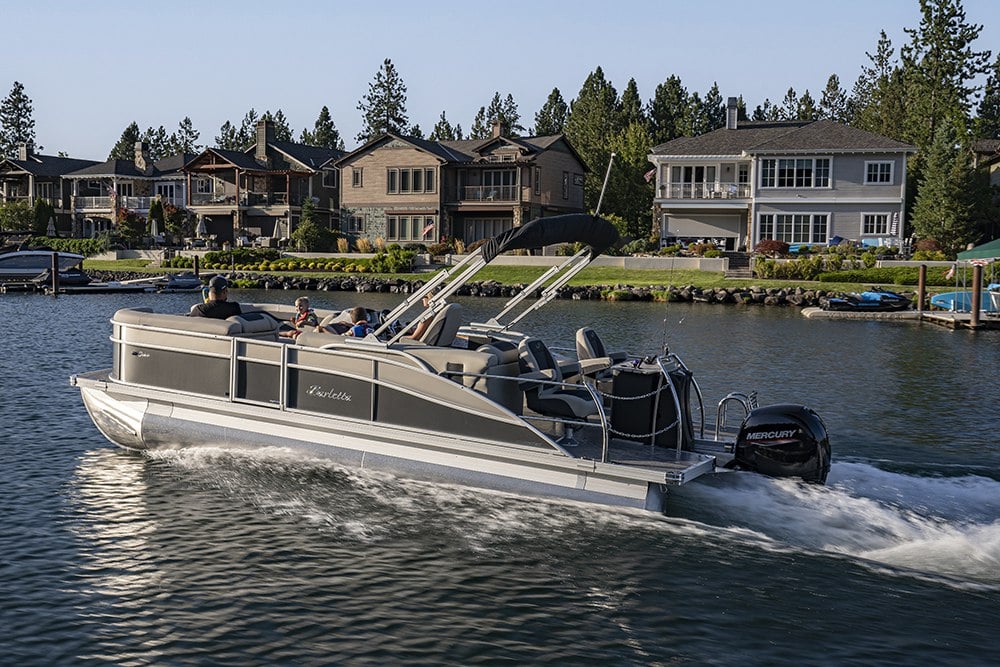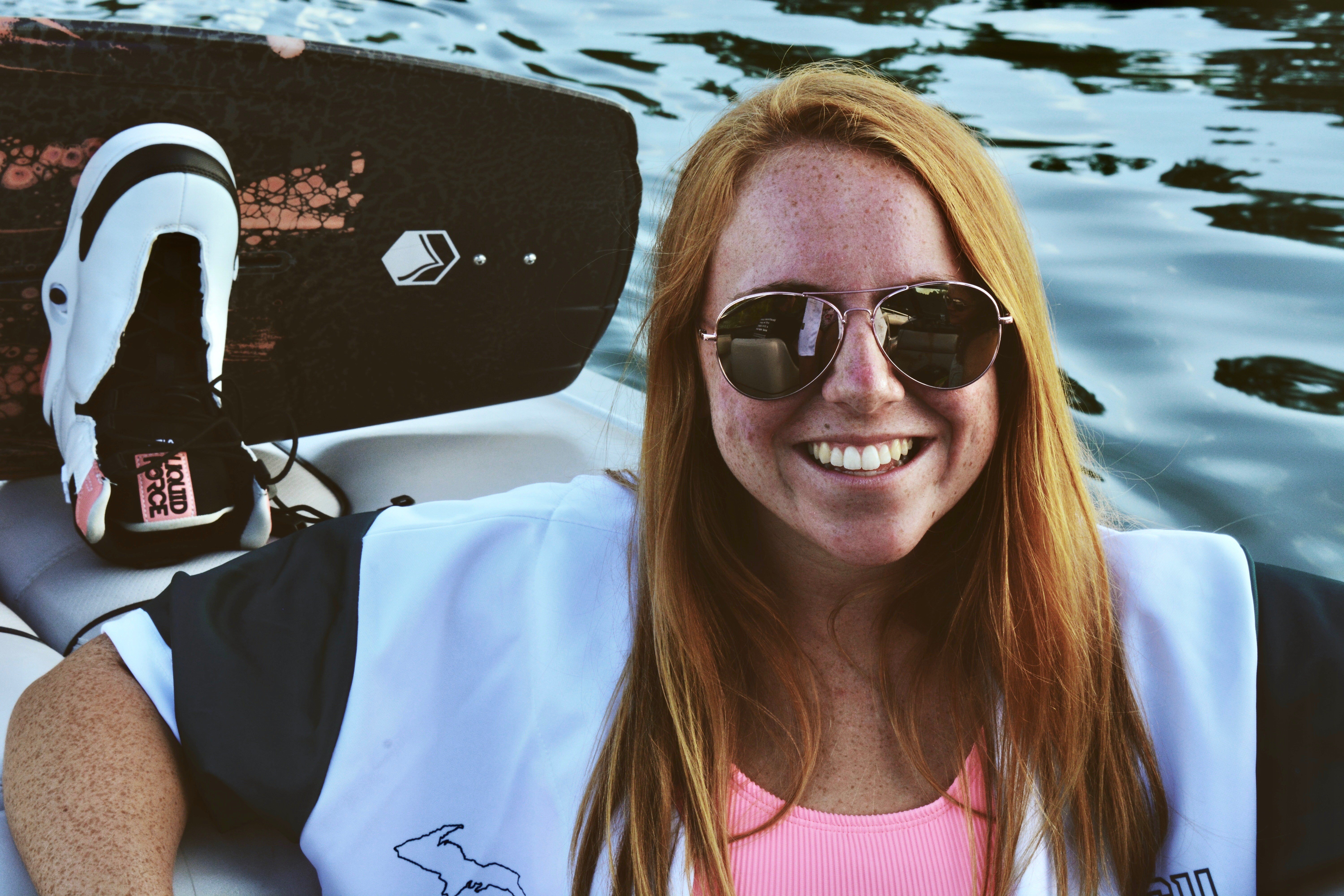Intracoastal Boating Versus Inland Boating (The Difference Between Waterways)
Boating isn’t always the same for everyone. Some people choose to boat on inland lakes whereas other people choose to boat on Intracoastal waterways. Granted, it likely depends on where you live. Boating can be quite different between the two so it's important to be prepared if you’re not familiar.
Boating is going to look different when you’re inland rather than when you’re on the Intracoastal for obvious reasons. There are some significant differences between the two waterways that can make or break your day on the water if you’re not used to them. However, if you’re comparing the Intracoastal to the Great Lakes, you will see some similarities.
This article will go over the ways they are different. I will also explain how to stay safe in both types of water. If you choose to switch it up and take up boating on the opposite of what you’re used to, you’ll be prepared which will be the safer play when boating in unknown territory.
Nature of the Water
Inland lakes and Intracoastal waterways are different in many ways. However, the biggest difference between the two is probably the nature of the water. The habitats of both are largely diverse causing different factors to influence them.
Saltwater Versus Freshwater
We’ll start with the obvious–saltwater versus freshwater. Intracoastal waterways are saltwater whereas inland lakes are freshwater bodies of water. But what does this mean for boaters?
Depending on whether you’re primarily in freshwater or saltwater, you’ll have to maintain your boat differently. No matter where you boat, you’ll have to take precautions to help prevent corrosion and the overall deterioration of your boat. Saltwater requires extra precautions as it is especially corrosive compared to freshwater.
Accessories such as anodes and ceramic coatings will help protect your boat better against the corrosive properties of saltwater. There are many other accessories and preventive measures you can take to prevent corrosion from eating away at your boat.
You’re also not completely safe from corrosion in freshwater. However, the effects of corrosion typically take a much longer time to occur. Corrosion is not quite as big of a problem in freshwater inland lakes as it is in saltwater Intracoastal waterways. The difference in the chemical composition of the water is the main factor in why freshwater is less corrosive.
Weather
The weather has a huge effect on how the water “acts”. Typically inland lakes are protected from the weather to some extent. Maybe by mountains or by houses along the shoreline depending on where exactly the lake is. Intracoastal waterways don’t quite have the same protection from the weather.
The Intracoastal extends long distances along the coastal United States. It makes sense that there’s not the same level of protection from the weather as there is on inland lakes. However, there is still more protection on the Intracoastal than there is on the open ocean.
Intracoastal waters can go from smooth and calm to rough and choppy in a matter of seconds. This is due to inclement weather so you’ll want to stay vigilant of the weather patterns before you head out for the day. Most of the time, inland lakes are significantly smaller so the weather is not as big a concern.
No matter where you boat, it’s always a good idea to keep an eye on the weather so you don’t end up in a dangerous storm. An easy way to do that is to download one of the many apps designed for recreational boating.
Keep in mind that the Great Lakes will be an exception here. Just because they’re freshwater lakes doesn’t mean they’re safe from gnarly weather patterns. These lakes are very large in size and can be just as dangerous as the Intracoastal in severe weather. Whatever body of water you’re boating on, make sure you have a plan if bad weather were to move in.
Tides
One factor that doesn’t affect lakes but does affect Intracoastal waters is tide. Tides have a huge influence on any coastal waters. Understanding tides is a must if you plan on boating on the Intracoastal.
Some locations on the Intracoastal are not accessible during low tides. If you don’t do your research, you could end up stranded as tides will change the depth and the current in the water.
When the high tide is approaching, the current will move towards the land and away from the ocean. When low tide is approaching, the current will move towards the ocean away from the shore. The current will have some drag on your boat and how it moves so it’s important to know how to navigate your boat under those circumstances.
Markers and Buoys
Markers and buoys are used in most waterways to indicate speed limits, obstructions in the water, or to help with directions. However, Intracoastal waterways have significantly more markers than inland lakes.
Both the Intracoastal and lakes alike use green and red buoys to indicate a channel that’s running between them. Green is used to indicate the port side of the channel while red is used to indicate the starboard side of the channel, much like the navigation lights on a boat.
Another common buoy you’ll encounter in both waterways is a slow, no-wake zone buoy. These indicate that you must be driving your boat slow enough so that there is no wake behind the boat. These are often placed in areas with erosion damage and in high-traffic areas.
In the Intracoastal waterways, there are many more buoys that are commonly seen. Some of these include yellow and black cardinal buoys. These direct boaters to deeper, safer water away from shallow water dangers. Dangers could include a coral reef or a sunken vessel in the water or really anything you want to avoid with your boat.
Intracoastal waters also use black and white buoys to indicate an obstruction in the water between the shore and buoy. These are helpful to avoid an obstacle that could become hazardous to the hull of your boat.
Typically lakes have significantly fewer buoys and markers because there are fewer hazards and fewer changes. However, it is important to check out a map of and body of water you plan on boating in before heading out. This will help you avoid unexpected sandbars or other obstacles.
Communication and Navigation
Something that doesn’t come to my mind often is communication and navigation tools. This is because I typically boat on a very small inland lake. No matter where I am on the lake, I can always see the other side. I don’t have to worry too much about communication and navigation because of how small the area of the lake is.
On the contrary, Intracoastal boaters shouldn’t jump on their boat without planning on having communication and navigation tools onboard. While it is not required by the Coast Guard on small recreational boats, they do recommend a communication radio. This way if an emergency were to occur, help could be notified quickly.
Great lake boaters are also encouraged to have a communication radio onboard. When boating on large bodies of water, extra safety measures are imperative. The easiest piece of safety equipment to include is a radio.
Some form of communication is important to have no matter where you are boating. However, on small inland lakes, you can get away with your cell phone being the main or only communication tool onboard.
Navigation devices are also very helpful on Intracoastal waterways so you don’t accidentally take a wrong turn and end up offshore in the ocean. This would be an unsafe situation that you don’t want to find yourself in. With the help of buoys and a reliable navigation system, this shouldn’t be a big concern.
Gear Requirements
Recreational boats have certain requirements regarding the gear they must have onboard. These required items are imposed by law via the USCG and/or local and state authorities. Things like a skier down flag are only required in certain states. Knowing what’s required for the body of water you plan to boat in is critical. There are many other laws that are state-regulated as well.
Across the board, no matter where you’re boating, boats must have a coast guard-approved life jacket for each passenger on board the boat. It doesn’t matter whether you’re boating on a small inland lake, a Great Lake, or an Intracoastal waterway. This rule applies regardless.
On an Intracoastal waterway and on the Great Lakes, recreational boats must have a visual distress signal. In case of an emergency, this would hopefully alert any other boats nearby to help the boat in trouble. It is required by law on boats that are on large bodies of water.
Fire extinguishers are another requirement that all boats must-have, regardless of where you are boating. No matter the size of your boat, you are required to have an up-to-date fire extinguisher on board at all times. Depending on the size of the boat, more than one may be required.
Anchors are something that you should carry with you no matter where you are boating. If something were to go wrong, it would be a lot easier for help to find you if you are stationary. Always be sure to have an anchor and rope that is capable of holding your boat in place. Although it is not required by law to carry an anchor, it is highly recommended.
Safety First
Before heading out on any new body of water, always be sure to do research. You never want to head out on the water if you’re unsure what you’re getting into. You could end up in a bad situation quickly.
Always check out the local and state laws. Every state has different regulations, requirements, and rules. Before heading out on any body of water, regardless if it is an Intracoastal or lake, make sure you know what is required to be compliant in that state.
Making sure to do your research before heading out on an Intracoastal or a lake can help to prevent damage to your boat. Damages can put you in a dangerous situation and cause costly repairs. Do your part and always be safe while boating.
Always make sure your boat is capable of handling the environment wherever you plan on boating. Some small recreational boats are not built for Intracoastal waters. They could struggle to fight the tide and make it dangerous for passengers.
Check your boat out before heading out into big bodies of water. Make sure you have all the requirements and meet the Coast Guards requirements. This will keep you out of trouble and overall make the experience much easier for you and any guests you have along for the ride.



.png?width=700&name=LC%20(1).png)